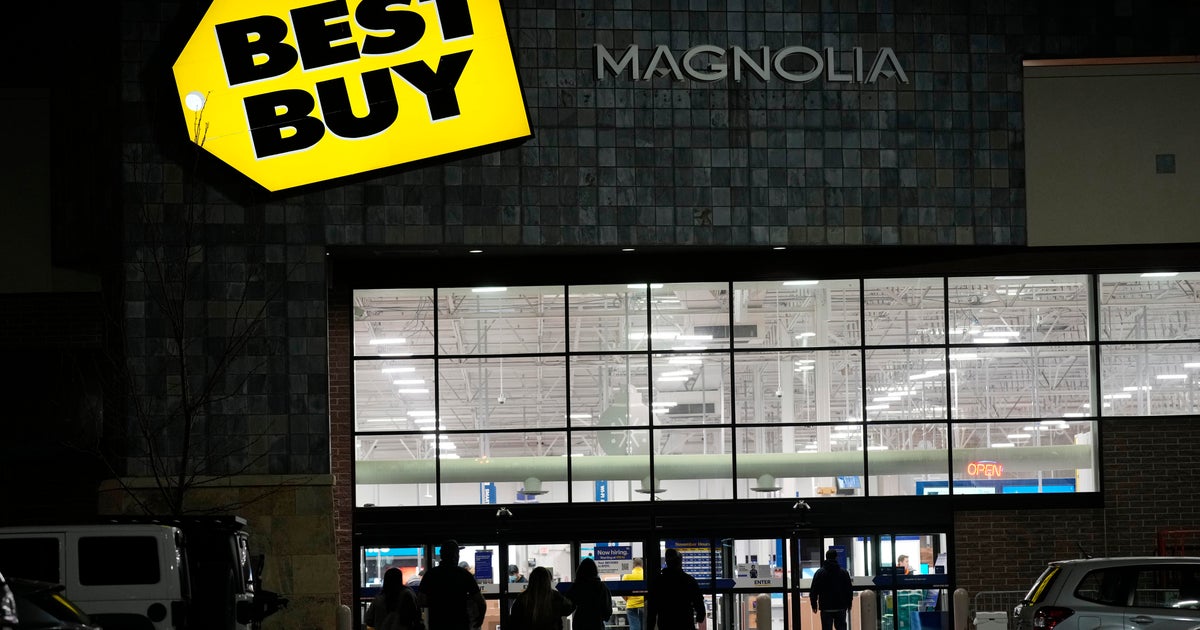Summary
Best Buy warned that Trump’s proposed tariffs on imports from China, Mexico, and Canada could raise prices on consumer electronics, as 60% of Best Buy’s inventory comes from China.
Trump plans to impose a baseline 10% tariff on all imports and a 60% tariff on Chinese goods to boost domestic manufacturing.
Retailers like Best Buy and industry groups like the Consumer Technology Association are preparing for supply chain disruptions by importing goods early or sourcing alternatives to avoid higher consumer prices.



Greedflation worked because the consumer could absorb price increases to a certain extent after Covid.
While greedflation will be a factor this time around. I don’t think it will be as prominent as it was post covid. The consumer is tapped out and is just not buying anymore. People are not going to buy electronics at 60% or higher prices. They will go cheap or just do without.
Trump is either using the threat of tariffs as a negotiating tactic to get something out of our trade partners or Trump will repeat history and be like Hoover. We’ll have a stock market drop, rampant stagflation and a Recession / Depression on his watch.
At least in some circles, it was ok that the customers were tapped out and not buying anymore, at least not at the same volumes.
A fair number of businesses figured out that the math works better if most people couldn’t afford their product but at least some could at the higher prices. In one extreme example I recall a leaked presentation for a company that determined they could raise prices by 10 fold and still retain 10% of their customers, and that was a win because it’s cheaper to deal with a smaller customer base in their case.
I know before the pandemic in my company, there was a long standing argument about whether it was better to be high volume low margin or high margin low volume. COVID forced the company to go with the high margin strategy and they decided the high margin people were right for a while. Then competitive pressures came in and proved the high volume people right, that someone in a competitive industry will make the high volume play and they will win if you don’t also do high volume.
So if tariffs reduce the likelihood of one of the high-volume strategy companies participating, the remaining may gleefully go to high-margin and say forget about the masses, that’s not where the money is.